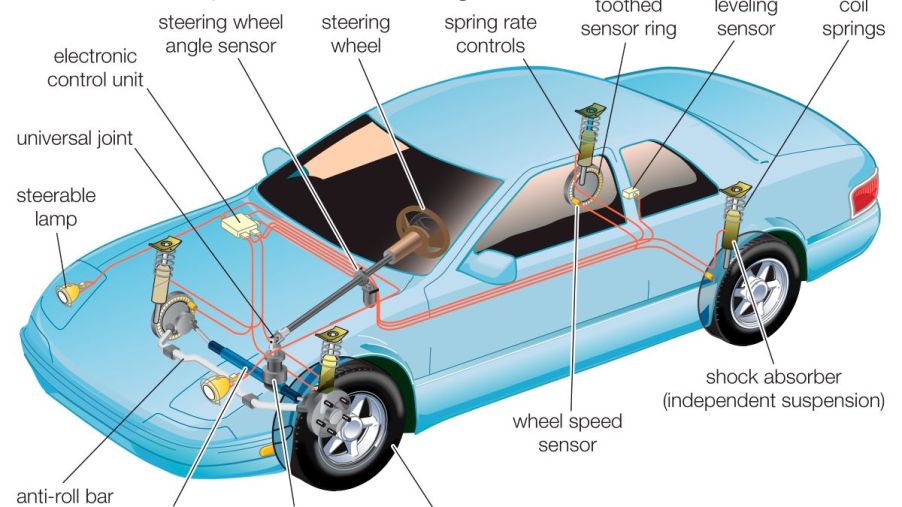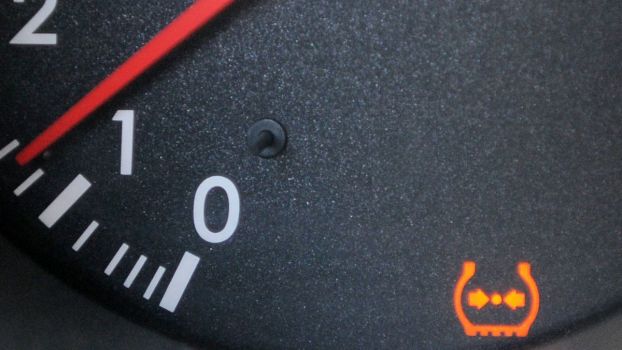
How Are Ball Joints and Tie Rods Related?
Ball joints and tie rods are among the most overlooked vehicle maintenance items. They’re also essential to car safety, with critical roles in suspension and steering. While the two components share similarities, we’ll also examine their differences and functions. Here’s how both auto parts are related.
What is a ball joint?
Moog says ball joints are part of the vehicle’s suspension system, allowing the front tires to articulate up and down while turning from side to side. The term ball joint could describe any ball and socket type joint, also found in tie rod ends. However, in this case, it’s both the name of the part and describes its construction.
Most vehicles use an upper and lower ball to connect the upper and lower control arms to the hub assembly. However, some strut-type suspensions only use a lower ball joint. When new, the components of a ball joint fit together tightly and loosen with wear.
What is a tie rod?
Tie rods are part of the steering system and provide the final link from the driver’s steering wheel input to turn the tires. While some cars use a drag link to connect the left and right tie rods, others use rack and pinion steering, according to Cars.com. In either case, both left and right tie rods consist of inner and outer tie rod ends. The threaded connection between the two tie rod ends allows adjustment during the alignment process.
The inner and outer tie rod ends use the same ball and socket joint type found in ball joints to allow the required articulation. While they’re similar, they perform vastly different functions in your car. However, like ball joints, new tie rod ends shouldn’t have any play, as excessive play leads to a lack of steering control.
How do ball joints and tie rods work together?
Between the front tires of your car, ball joints and tie rods work together to control the car’s weight and steering but perform separate functions. While vehicle steering and suspension are related and affect each other, they’re also very different.
For instance, your car’s suspension system supports the car’s weight, allows the vehicle to move up and down, and absorbs bumps in the road. The steering system allows the driver to control the car’s direction, whether in a straight line or a twisty mountain road.
The two systems work together to provide control over the vehicle regardless of the condition of the roadway or the direction of travel.
What are the signs of worn ball joints and tie rods?
As many car owners overlook these items regarding routine maintenance, unusual tire wear is often the first sign of trouble. Annual checkups at an alignment shop could save the expense of replacing the two front tires in addition to replacing worn components. By using pry bars, shaking the steering wheel, and wiggling each front tire from side to side, it’s possible to find worn ball joints and tie rod ends.
While ball joint replacement is a DIY project for those with above-average mechanical skills and tools, the cost of professional repair should be under $350, according to J.D. Power. Meanwhile, Repair Smith says professional tie rod replacement is slightly less expensive and a more manageable DIY project.




